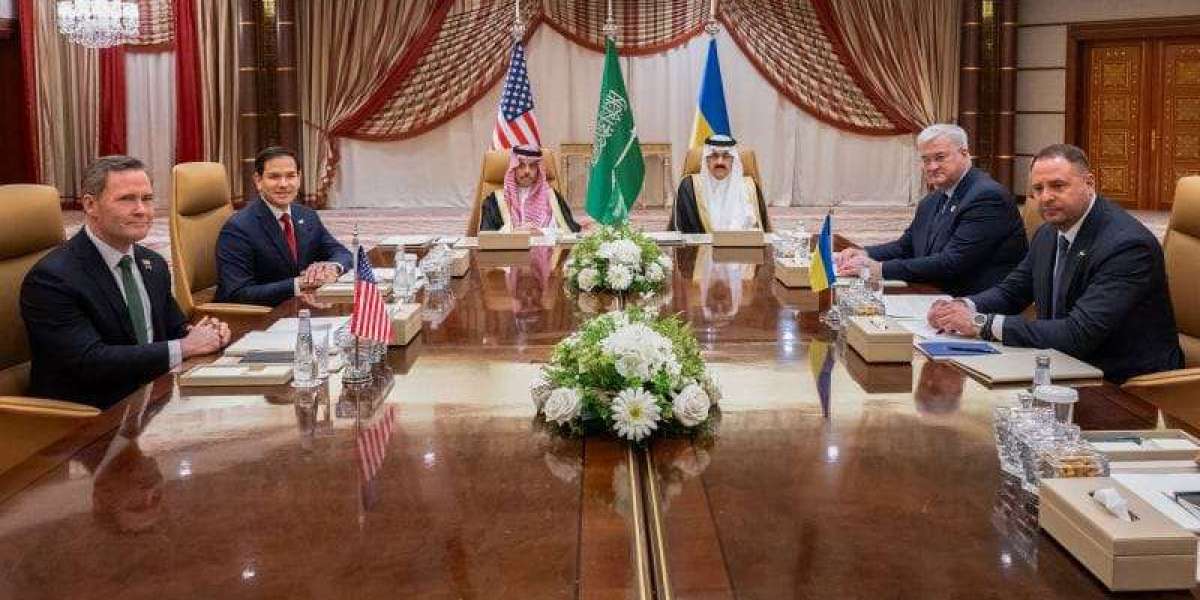South Asia, home to nearly two billion people, is a region of immense political significance. With its historical legacies, geopolitical tensions, economic ambitions, and cultural influence, South Asian politics extend far beyond the region’s borders. From diplomatic relations with global powers to its impact on international trade, security, and migration, South Asia plays a crucial role in shaping world affairs.
In this article, we explore how South Asian politics influence global trends, examining the region’s relations with major world players, its role in international organizations, and the key political dynamics that define its global reach.
The Geopolitical Importance of South Asia
South Asia, comprising countries like India, Pakistan, Bangladesh, Sri Lanka, Nepal, Bhutan, and the Maldives, is strategically positioned between powerful global actors such as China, the United States, and the European Union. Several factors contribute to its geopolitical importance:
1. A Hub of Global Trade
South Asia sits at the crossroads of vital international trade routes, including the Indian Ocean, through which nearly 80% of global oil shipments pass. The region’s control over major sea lanes makes it a key player in global trade and energy security.
2. The India-China Rivalry
The competition between India and China for regional and global influence is a defining factor in South Asian politics. Both nations engage in economic, military, and diplomatic battles for supremacy, shaping global trade alliances, defense strategies, and technological innovations.
3. South Asia and the US-Russia Divide
Historically, South Asian countries have played significant roles in the Cold War and its aftermath. India and Pakistan, in particular, continue to navigate complex relationships with both the United States and Russia, affecting international arms deals, diplomatic alignments, and regional security policies.
South Asia’s Influence on Global Affairs
1. Security and Counterterrorism
South Asia has been at the center of global security concerns, particularly regarding terrorism and regional conflicts. The presence of extremist groups, ongoing tensions between India and Pakistan, and the recent developments in Afghanistan directly impact global security policies. The United Nations, NATO, and other international bodies actively engage with South Asian governments to combat terrorism and promote regional stability.
2. Migration and the Global Workforce
South Asia is one of the largest contributors to global migration, with millions of South Asians working in the Middle East, North America, and Europe. Remittances from South Asian workers form a major part of the economies of countries like Nepal, Bangladesh, and Sri Lanka. Additionally, South Asian professionals, particularly in technology and healthcare, significantly impact the economies of Western nations.
3. Climate Change and Environmental Policies
South Asia is one of the most vulnerable regions to climate change, facing rising sea levels, floods, and extreme weather conditions. As climate change becomes a global concern, South Asia’s policies on environmental sustainability, energy production, and disaster management influence international climate agreements, including the Paris Agreement.
Key Political Dynamics in South Asia
1. India’s Growing Global Role
India, the world’s largest democracy and fifth-largest economy, has emerged as a major global power. As a member of groups like G20, BRICS, and QUAD, India plays a crucial role in global trade, diplomacy, and security strategies.
2. Pakistan’s Strategic Alliances
Pakistan’s foreign relations, particularly with China and the United States, shape global security policies. The China-Pakistan Economic Corridor (CPEC) is a crucial project that impacts international trade and economic cooperation between Asia and Europe.
3. Bangladesh’s Economic Rise
Once considered an economically weak nation, Bangladesh has become one of the fastest-growing economies in the world. Its strong manufacturing industry, particularly in textiles, influences global trade and labor rights discussions.
4. Sri Lanka’s Debt Crisis and Global Economy
Sri Lanka’s economic struggles highlight the dangers of excessive foreign debt, particularly from China. The country’s financial crisis has raised concerns about China’s "debt-trap diplomacy", affecting global economic policies on lending and development aid.
5. Afghanistan’s Political Uncertainty
The Taliban’s return to power in Afghanistan has reshaped South Asia’s security landscape. The situation in Afghanistan has direct implications for international refugee policies, counterterrorism strategies, and diplomatic relations between the West and South Asia.
South Asia and International Organizations
South Asian countries actively participate in global institutions like the United Nations, World Bank, and International Monetary Fund (IMF). Their roles in these organizations impact:
Global economic policies, as South Asia is a key player in trade and investment.
Peacekeeping missions, with South Asian countries contributing some of the largest numbers of personnel to UN peacekeeping forces.
Public health initiatives, as seen in India’s major contributions to global vaccine production during the COVID-19 pandemic.
The Future of South Asia in Global Politics
South Asia’s influence on world politics is expected to grow in the coming decades. Key trends to watch include:
✅ The Rise of India as a Superpower – India’s increasing economic and military strength positions it as a key player in global governance.
✅ Pakistan’s Role in Regional Stability – As Pakistan navigates political and economic challenges, its foreign policies will impact security in South Asia and beyond.
✅ Bangladesh’s Economic Expansion – The country’s booming economy could shift global trade dynamics.
✅ China’s Expanding Influence – As China continues its economic and military engagement in South Asia, the region will remain a focal point in US-China tensions.
✅ Climate Change and Sustainability – South Asia’s policies on climate change will shape international environmental efforts.
FAQs
1. How does South Asia’s political landscape affect global trade?
South Asia plays a crucial role in global trade due to its strategic location, large workforce, and economic growth. The region is a manufacturing hub, particularly in textiles, IT services, and pharmaceuticals. Additionally, South Asian ports and trade routes, especially through the Indian Ocean, are vital for global supply chains.
2. What is the biggest geopolitical challenge in South Asia today?
One of the most pressing geopolitical challenges in South Asia is the India-China rivalry. Both countries are competing for regional dominance, investing in military modernization, infrastructure projects, and diplomatic alliances. Additionally, the ongoing tensions between India and Pakistan over Kashmir remain a significant issue affecting regional and global security.
Conclusion
South Asian politics are not confined within national borders—they shape and influence global affairs in profound ways. From trade and security to migration and climate policies, the region plays a pivotal role in international decision-making. As South Asia continues to evolve, its political dynamics will remain a key factor in shaping the future of global politics



